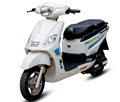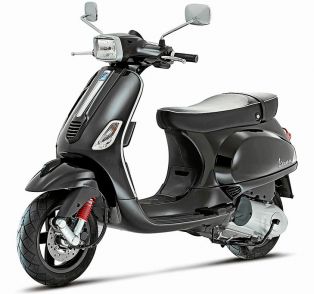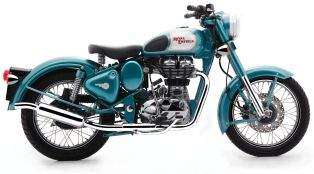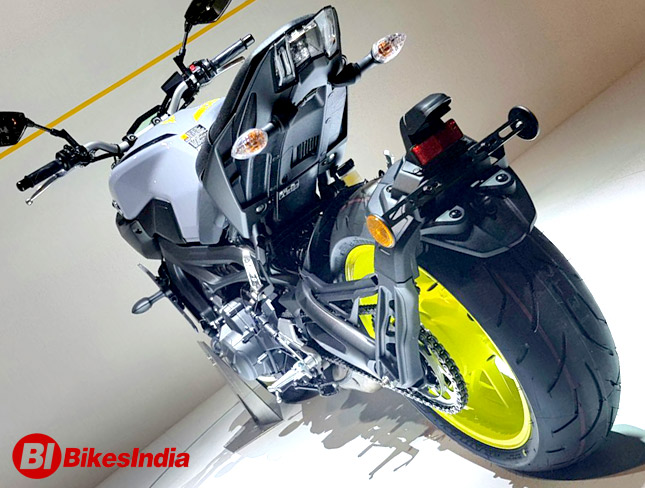 We have all wondered why the fuel economy and road grip goes low as the tire’s running increases and the tire gets flat, here is the reason.
We have all wondered why the fuel economy and road grip goes low as the tire’s running increases and the tire gets flat, here is the reason.For vehicles such as cars or bikes have 5 forces acting on them while in motion:
1. Aerodynamic force due to the wind.
2. Internal friction caused due to the engine or the other internal components of the vehicle.
3. Gravitational force caused when the vehicle goes uphill.
4. Inertial force caused when the vehicle needs to accelerate a mass like the people sitting in it.
5. Rolling force which is caused by the tire when it is in contact with the road.
We are going to focus on the rolling force caused by the tires. Energy is consumed by the tire as it travels a specified distance. The consumed energy is lost in the form of thermal energy, as the tire deforms on road creating a contact patch and returns to its original position as it rotates further, the same process is carried out at various points on the tire. The amount of energy lost is due to hysteresis which leads to a loss of 15-20% of the fuel economy.2. Internal friction caused due to the engine or the other internal components of the vehicle.
3. Gravitational force caused when the vehicle goes uphill.
4. Inertial force caused when the vehicle needs to accelerate a mass like the people sitting in it.
5. Rolling force which is caused by the tire when it is in contact with the road.
Hysteresis is the phenomenon in which the value of a physical property that lags behind the changes affecting is cause. Hysteresis is the product value of energy absorbed to the energy released during a cycle which accounts to the energy lost after a cycle of being expanded or stretched.
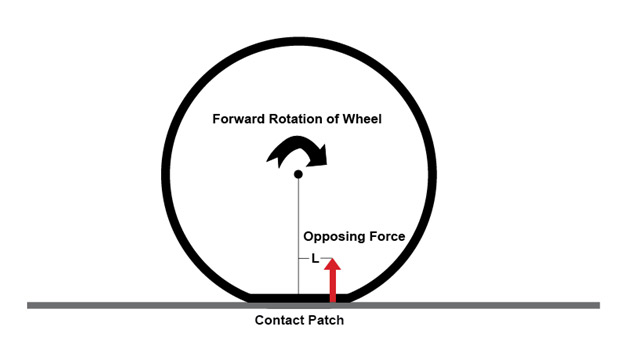 For example, consider a basketball and a hard rubber ball, if both balls are bounced on the ground, the basketball bounces more times, where as the hard rubber ball bounces very less, during this period the basketball releases more energy and thermal loss is very less, where as the hard rubber needs more energy for compression thus the thermal energy loss is very high, but has a very good grip with the surface.
For example, consider a basketball and a hard rubber ball, if both balls are bounced on the ground, the basketball bounces more times, where as the hard rubber ball bounces very less, during this period the basketball releases more energy and thermal loss is very less, where as the hard rubber needs more energy for compression thus the thermal energy loss is very high, but has a very good grip with the surface.Rolling resistance depends on various parameters like the tread depth, height and so on. A new tire has good treading and offers less rolling resistance which leads to a better economy. As the tire starts to wear out these properties begin to reduce and the rolling resistance begins to increase. The rolling resistance is measured by the SAE and it ranges between the value 0.007-0.014.
Rolling resistance noises can be observed when the vehicle runs on highway which is caused due to percussion of tire treads and compression of air that is temporarily captured within the treads.
How can it be reduced?
Technology advances every minute, scientist have found a way to reduce the rolling resistance to increase the efficiency in modern vehicles by adding silica in the manufacturing of the tires.
What does silica do?
When it is plotted in the form of a graph, it is observed that low hysteresis at low frequency leads to less grip and high hysteresis at high frequency gave more grip, so there is always a compromise between grip. Whereas when silica is added to the rubber compound, it fell in place where it gave grip at high frequencies and low thermal loss and low frequencies.
When the compound with silica was pulled slowly its breaking or tearing point was slow and when it was pulled quickly it tore along with the intensity of the force applied. Therefore it was decided by tire manufacturers to add silica into the manufacturing of tire so that the common man would be happy that he gets more economy with his purchase. While tests were conducted between a regular tire and the tire with silica it was observed that the regular tire did 35 kmph, while the tire with silica did 40 kmph was faster by 12 seconds. This led to increase in economy by nearly 10-15%.
The tire pressure also plays a major role in rolling resistance, when the air pressure is proper the rolling resistance reduces. Keeping the tires properly inflated and replacing them on time will reduce rolling resistance and have a good and consistent fuel economy.
By: Rishath Suresh





